The NVIDIA GeForce GTX 1660 Ti Review, Feat. EVGA XC GAMING: Turing Sheds RTX for the Mainstream Market
by Ryan Smith & Nate Oh on February 22, 2019 9:00 AM ESTMeet The EVGA GeForce GTX 1660 Ti XC Black GAMING
As a pure virtual launch, the release of the GeForce GTX 1660 Ti does not bring any Founders Edition model, and so everything is in the hands of NVIDIA’s add-in board partners. For today, we look at EVGA’s GeForce GTX 1660 Ti XC Black, a 2.75-slot single-fan card with reference clocks and a slightly increased TDP of 130W.
| GeForce GTX 1660 Ti Card Comparison | ||||
| GTX 1660 Ti Ref Spec | EVGA GTX 1660 Ti XC Black GAMING | |||
| Base Clock | 1500MHz | 1500MHz | ||
| Boost Clock | 1770MHz | 1770MHz | ||
| Memory Clock | 12Gbps GDDR6 | 12Gbps GDDR6 | ||
| VRAM | 6GB | 6GB | ||
| TDP | 120W | 130W | ||
| Length | N/A | 7.48" | ||
| Width | N/A | 2.75-Slot | ||
| Cooler Type | N/A | Open Air | ||
| Price | $279 | $279 | ||
Seeing as the GTX 1660 Ti is intended to replace the GTX 1060 6GB, EVGA’s cooler and card design is new and improved compared to their Pascal cards, and was first introduced with the RTX 20-series as they rolled out the iCX2 cooling design and new “XC” card branding, complementing their existing SC and Gaming series. As we’ve seen before, the iCX platform is comprised of a medley of features, and some of the core technology is utilized even when the full iCX suite isn’t. For one, EVGA reworked their cooler design with hydraulic dynamic bearing (HDB) fans, offering lower noise and higher lifespan than sleeve and ball bearing types, and this is present in the EVGA GTX 1660 Ti XC Black.
In general, the card essentially shares the design of the RTX 2060 XC, complete with those new raised EVGA ‘E’s on the fans, intended to improve slipstream. The single-fan RTX 2060 XC was paired with a thinner dual-fan XC Ultra variant, and in the same vein the GTX 1660 Ti XC Black is a one-fan design that essentially occupies three slots due to the thick heatsink and correspondingly taller fan hub. Being so short, though, makes the size a natural fit for mini-ITX form factors.
As one of the cards lower down the RTX 20 and now GTX 16 series stack, the GTX 1660 Ti XC Black also lacks LEDs and zero-dB fan capability, where fans turn off completely at low idle temperatures. The former is an eternal matter of taste, as opposed to the practicality of the latter, but both tend to be perks of premium models and/or higher-end GPUs. Putting price aside for the moment, the reference-clocked GTX 1660 Ti and RTX 2060 XC Black editions are the more mainstream variant anyhow.
Otherwise, the GTX 1660 Ti XC Black unsurprisingly lacks a USB-C/VirtualLink output, offering up the mainstream-friendly 1x DisplayPort/1x HDMI/1x DVI setup. Although the TU116 GPU still supports VirtualLink, the decision to implement it is up to partners; the feature is less applicable for cards further down the stack, where cards are more sensitive to cost and are less likely to be used for VR. Additionally, the 30W USB-C controller power budget could be significant amount relative to the overall TDP.
And on the topic of power, the GTX 1660 Ti XC Black’s power limit is actually capped at the default 130W, though theoretically the card’s single 8-pin PCIe power connector could supply 150W on its own.
The rest of the other GPU-tweaking knobs are there for your overclocking needs, and for EVGA this goes hand-in-hand with Precision, their overclocking utility. For NVIDIA’s Turing cards, EVGA released Precision X1, which allows modifying the voltage-frequency curve and scanning for auto-overclocking as part of Turing’s GPU Boost 4. Of course, NVIDIA’s restriction of actual overvolting is still in place, and for Turing there is a cap at 1.068v.


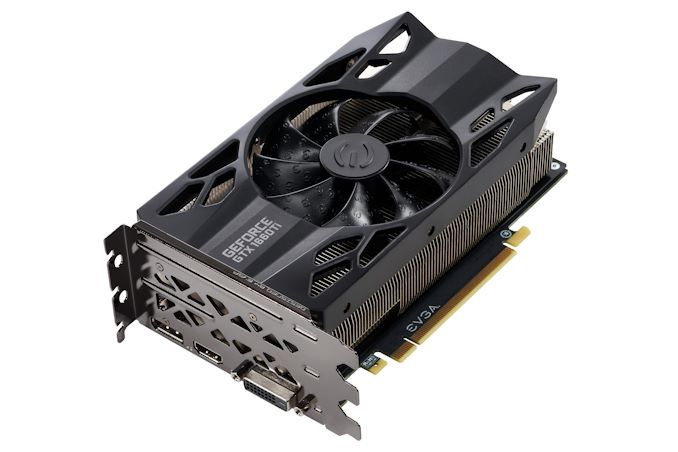

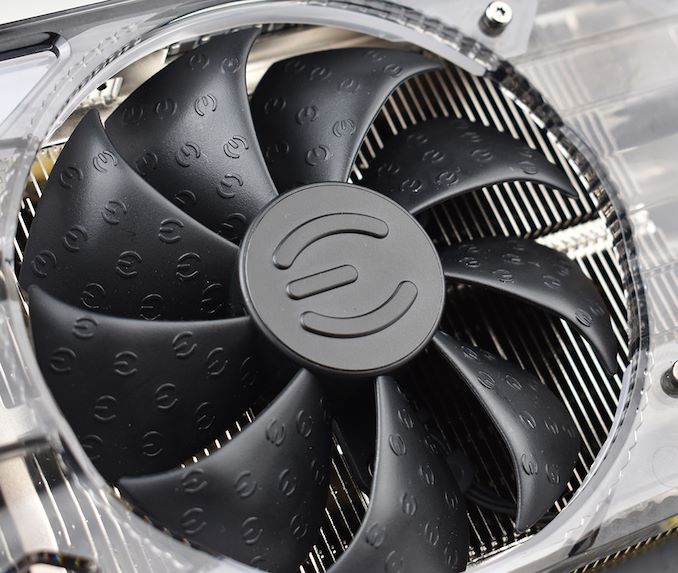
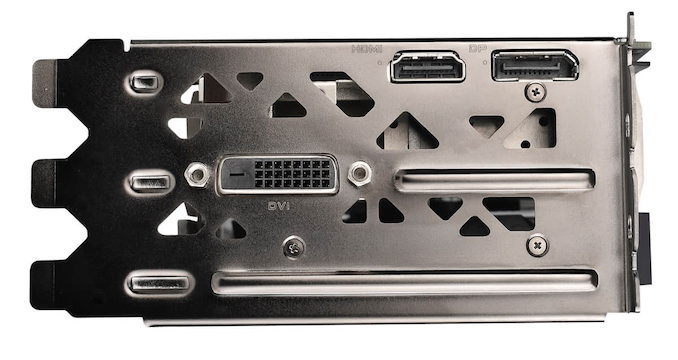
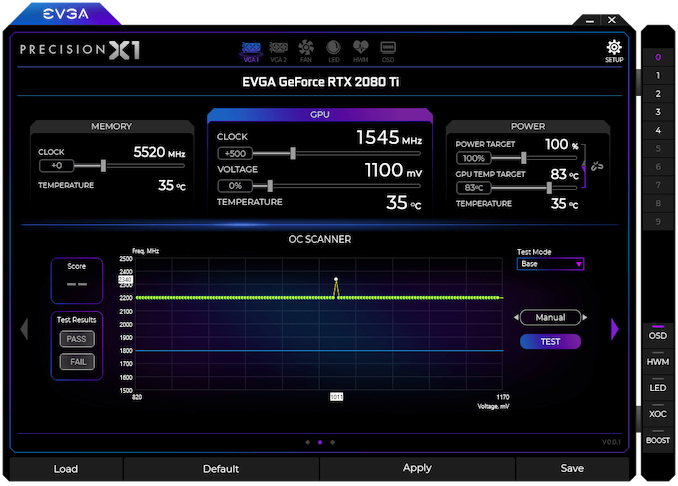
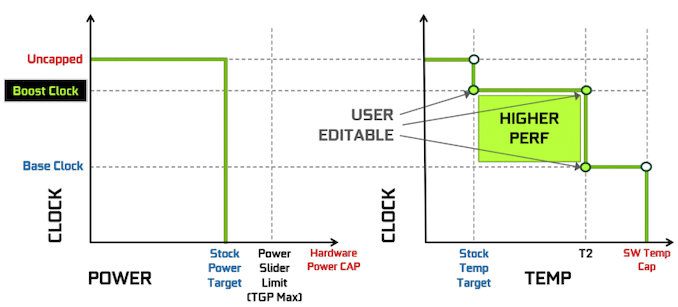








157 Comments
View All Comments
GreenReaper - Friday, February 22, 2019 - link
Your point is a lie, though, as you clearly didn't buy it on his recommendation. How can we believe anything you say after that?Questor - Wednesday, March 6, 2019 - link
Not criticizing, simply adding:Several times in the past, honest review sites did comparisons of electrical costs in several places around the States and a few other countries with regard to brand A video card at a lower power draw than brand B video card. The idea was to calculate a reasonable overall cost for the extra power draw and if it was worth worrying about/worth specifically buying the lower draw card. In each case it was negligible in terms of addition power use by dollar (or whatever currency). A lot of these great sites have died out or been bought out and are gone now. It a darned shame. We used to actually real useful information about products and what all these values actually mean to the user/customer/consumer. We used to see the same for power supplies too. I haven't seen anything like that in years now. Too bad. It proved how little a lot of the numbers mattered in real life to real bill paying consumers.
Icehawk - Friday, February 22, 2019 - link
Man this sucks, clearly this card isn't enough for 4k and I'm not willing to spend on a RTX 2070. Can I hope for a GTX 1170 at like $399? 8gb of RAM please. I'm not buying a new card until it's $400 or less and has 8gb+, my 970 runs 1440p maxed or close to it in almost all AAA games and even 4k in some (like Overwatch) so I'm not going for a small improvement - after 2 gens I should be looking at close to double the performance but it sure doesn't look like that's happening currently.eva02langley - Friday, February 22, 2019 - link
Navi is your only hope.CiccioB - Friday, February 22, 2019 - link
And I think he will be even more disappointed if he's looking for a 4K card that is able to play with <b>modern</b> games.BTW: No 1170 will be made. This card is the top Turing without RT+TC and so it's the best performance you can get at lowest the price. Other Turing with no RT+TC will be slower (though probably cheaper, but you are not looking for just a cheap card, you are looking for a x2 the performace of your actual one).
catavalon21 - Sunday, February 24, 2019 - link
I am curious, what are you basing "no 1170" on?CiccioB - Monday, February 25, 2019 - link
Huh, let's see...designing a new chip costs a lot of money, especially when it is not that tiny.
A chip bigger than this TU116 will be just faster than the 2060, which has a 445mm^2 die size which has to be sold with some margins (unlike AMD that sells Vega GPU+HBM at the price of bread slices and at the end of the quarter reports gains in the amount of the fractions number of nvidia, but that's good for AMD fans, it is good that the company looses money to make them happy with oversized and HW that performs like mainstream competition one).
So creating a 1170 simply means killing the 2060 (and probably 2070), just defeating the original purpose of these cards as first lower HW (possible mainstream) capable of RT.
Unless you are supposing nvidia is going to scrap completely their idea that RT is the future and it's support will be expanded in future generations, there's no a valid, rationale reason for them to create a new GPU that will replace the cut version of TU106.
All this without considering that AMD is probably not going to compete on 7nm as with that PP they will probably manage to reach Pascal performance while at 7nm nvidia is going to blow any AMD solution away under the point of view of absolute performance, performance per W and performance per mm^2 (despite the addition of the new computational units that will find more and more usage in the future.. none still has thought of using tensor core for advanced AI, for example).
So, no, there will be no a 1170 unless it will be a further cut of TU106 that at the end will perform just like TU116 but will be just a mere recycle of broken silicon.
Now, let me hear what makes you believe that a 1170 will be created.
catavalon21 - Tuesday, February 26, 2019 - link
I do not know if they will create an 1170 or not; to be fair, I am surprised they even created the 1160. You have a very good point, upon reflection, it is quite likely such a product would impact RTX sales. I was just curious what had you thinking that way.Thank you for the response.
Oxford Guy - Saturday, February 23, 2019 - link
Our only hope is capitalism.That's not going to happen, though.
Instead, we get duopoly/quasi-monopoly.
douglashowitzer - Friday, February 22, 2019 - link
Hey not sure if you're opposed to used GPUs... but you can get a used, overclocked, 3rd party GTX 1080 with 8GB vram on eBay for about $365-$400. In my opinion it's an amazing deal and I can tell you from experience that it would satisfy the performance jump that you're looking for. It's actually the exact situation I was in back in June of 2016 when I upgraded my 970 to a 1080. Being a proper geek, I maintained a spreadsheet of my benchmark performance improvements and the LOWEST improvement was an 80% gain. The highest was a 122% gain in Rise of the Tomb Raider (likely VRAM related but impressive nonetheless). Honestly I don't believe I've ever experienced a performance improvement that felt so "game changing" as when I went from my 970 to the 1080. Maybe waaay back when I upgraded my AMD 6950 to a GTX 670 :). If "used" doesn't turn you off, the upgrade of your dreams is waiting for you. Good luck to you!